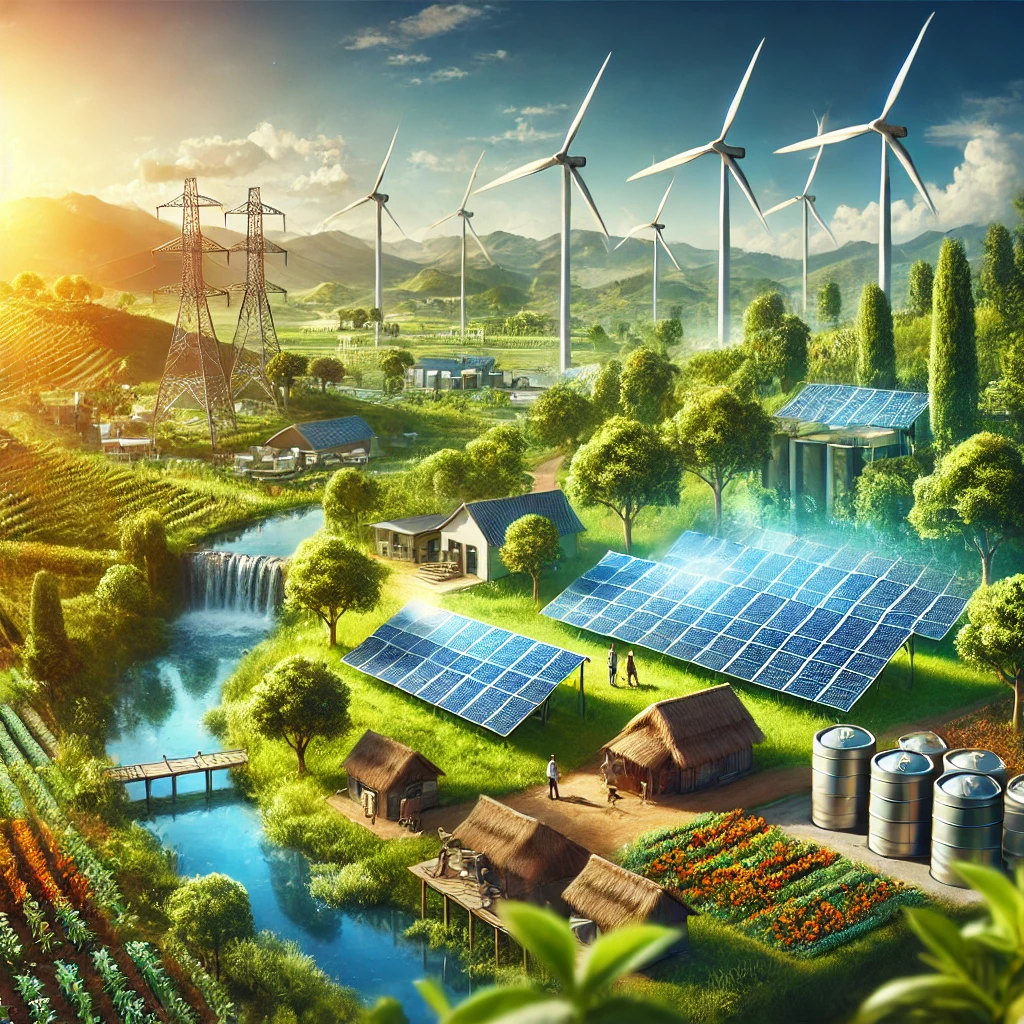How Maximizing Green Finance Flows To Developing Countries Could Tackle Global Warming

Introduction
The fight against global warming is one of the most pressing issues of our time, and the role of finance in this battle cannot be overstated. A critical area that has gained increasing attention is the maximization of green finance flows to developing countries. These nations, often the most vulnerable to climate change, require substantial financial support to transition to sustainable practices and mitigate environmental impacts.
Understanding Green Finance
Green finance refers to financial investments flowing into sustainable development projects and initiatives that focus on environmental preservation and climate resilience. This includes renewable energy projects, sustainable agriculture, water conservation, and other efforts aimed at reducing carbon emissions and fostering environmental sustainability.
The Importance Of Green Finance For Developing Countries
Developing countries are disproportionately affected by climate change. They face severe weather events, rising sea levels, and other environmental challenges that threaten livelihoods and economic stability. Despite their lower historical contributions to global carbon emissions, these countries bear a significant brunt of climate impacts.
Economic And Environmental Benefits
Mitigation of Climate Change: By investing in renewable energy and other green technologies, developing countries can reduce their carbon footprint and contribute to global efforts to limit temperature rises. For instance, solar and wind energy projects can provide clean power, reducing reliance on fossil fuels.
Sustainable Development: Green finance supports sustainable development by promoting projects that balance economic growth with environmental preservation. This includes sustainable agriculture practices that increase productivity without degrading the land.
Resilience Building: Investments in climate-resilient infrastructure help communities withstand and recover from extreme weather events. This includes building flood defenses, developing drought-resistant crops, and enhancing water management systems.
Job Creation: Green projects often create employment opportunities in developing countries. The renewable energy sector, for instance, can generate jobs in manufacturing, installation, and maintenance of solar panels and wind turbines.
Challenges In Green Finance Flows
Despite the clear benefits, several challenges hinder the flow of green finance to developing countries:
Access to Finance: Many developing nations struggle to access international finance due to stringent lending criteria and lack of creditworthiness. This limits their ability to fund necessary green projects.
Institutional Capacity: Effective utilization of green finance requires strong institutional frameworks, which many developing countries lack. Building capacity in areas such as project management and financial oversight is crucial.
Policy and Regulatory Barriers: Inconsistent or weak policy frameworks can deter investment in green projects. Developing countries need robust policies and regulations that encourage sustainable investments and ensure transparency and accountability.
Awareness and Knowledge Gaps: Limited awareness and understanding of green finance opportunities can impede project development. Education and training programs are needed to build knowledge and expertise in sustainable finance.
Strategies To Enhance Green Finance Flows
International Cooperation: Developed countries and international financial institutions must enhance cooperation and support for developing nations. This includes providing grants, concessional loans, and technical assistance to build capacity and implement green projects.
Innovative Financing Mechanisms: Leveraging innovative financing mechanisms, such as green bonds and blended finance, can mobilize additional resources. Blended finance combines public and private investments to reduce risks and attract more private sector participation.
Strengthening Institutional Frameworks: Developing countries need to strengthen their institutional frameworks to manage and deploy green finance effectively. This includes establishing dedicated green finance institutions and improving governance structures.
Enhancing Policy Frameworks: Clear, consistent, and supportive policy frameworks are essential to attract and sustain green investments. Governments should implement policies that incentivize sustainable practices and penalize environmentally harmful activities.
Capacity Building: Investment in education and training programs is crucial to develop the skills needed to design, implement, and manage green projects. This includes technical training for local communities and professional development for policymakers and financial managers.
Conclusion
Maximizing green finance flows to developing countries is not just an environmental imperative but also an economic opportunity. By investing in sustainable projects, these nations can build resilience, create jobs, and foster long-term economic growth while contributing to the global fight against climate change. International cooperation, innovative financing, strong institutional frameworks, and supportive policies are key to unlocking the potential of green finance and ensuring a sustainable future for all.
